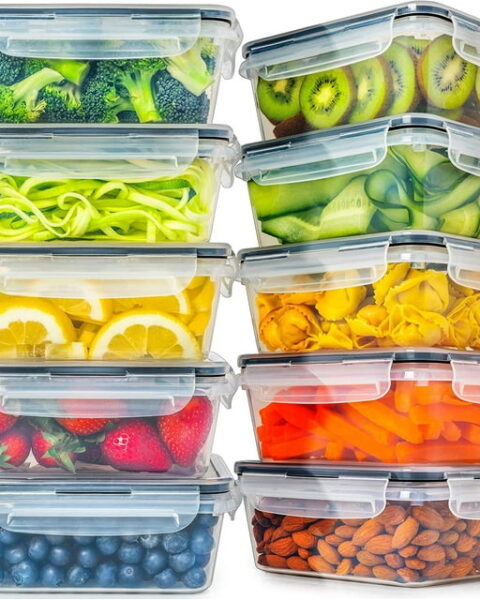Ever find yourself at the checkout counter, staring at the total and wondering how your grocery bill got so high? It doesn’t have to be that way. This list of tips will help you trim your grocery bill while still filling your cart with great, nutritious food. You’ll find that with a bit of planning and a few changes in your routine, saving money on groceries can be both easy and rewarding.
Contents
- 1 Create a Meal Plan
- 2 Take Inventory Before Shopping
- 3 Shop with a Grocery List
- 4 Buy in Bulk for Staples
- 5 Opt for Store Brands
- 6 Use Coupons and Apps
- 7 Shop Seasonal Produce
- 8 Avoid Pre-Packaged and Processed Foods
- 9 Buy Frozen Fruits and Vegetables
- 10 Avoid Shopping When Hungry
- 11 Use Reusable Bags
- 12 Shop During Sales and Clearance
- 13 More From RetailShout
- 14 15 Italian Recipes That Are Actually Super Simple To Make
- 15 10 Remarkable Origin Stories Behind Popular Foods
Create a Meal Plan

Planning meals in advance helps you know exactly what to buy, avoiding unnecessary purchases. Start by reviewing your pantry and fridge to see what you already have. Make a list of meals you want to prepare for the week, including breakfast, lunch, and dinner. Write down all the ingredients needed for these meals. Stick to your meal plan and grocery list to minimize impulse buys and reduce food waste. Consistently following this practice can significantly lower your grocery bill over time.
Take Inventory Before Shopping

Before heading to the store, take stock of your current food supplies. Check your pantry, fridge, and freezer for items that are nearing expiration or that you can use in upcoming meals. This prevents buying duplicates and helps you use what you have first. Creating a habit of regular inventory checks can significantly cut down on food waste and spending. This strategy also helps you keep track of what items need to be replenished regularly.
Shop with a Grocery List
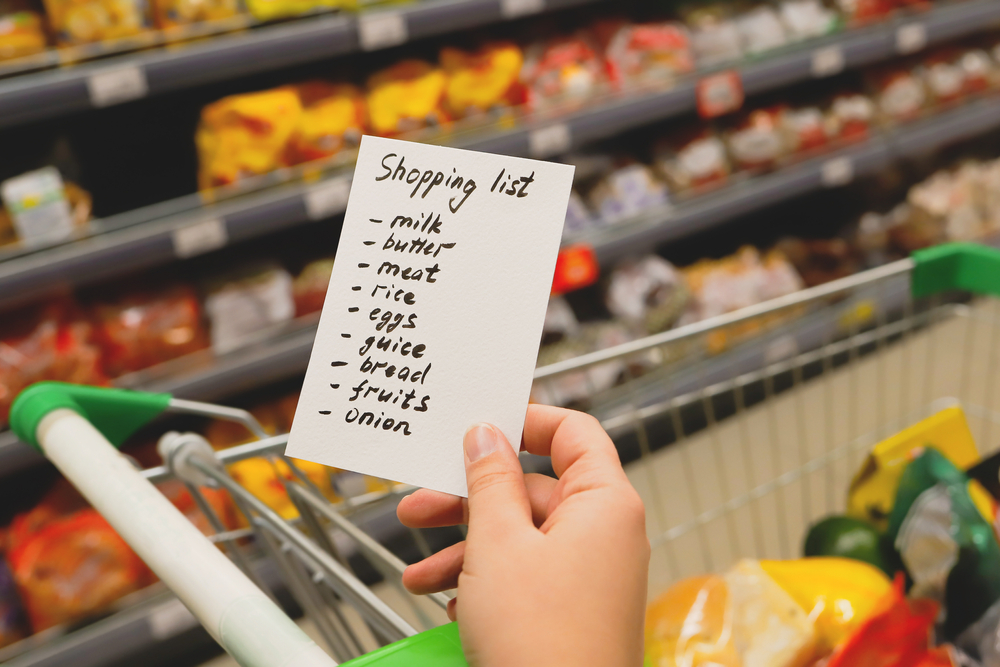
A grocery list keeps you focused on buying only what you need. After planning your meals and taking inventory, list all necessary items. Organize the list by store sections to save time and avoid wandering into aisles that might tempt you to make unplanned purchases. Stick strictly to the list to avoid impulse buys. Over time, you’ll find that this method reduces unnecessary spending and helps maintain a budget.
Buy in Bulk for Staples

Purchasing non-perishable staples in bulk can lead to significant savings. Items like rice, pasta, beans, and canned goods often come at a lower cost per unit when bought in larger quantities. Ensure you have adequate storage space and that you’re buying items you use frequently. Use airtight containers to keep bulk items fresh. Taking advantage of bulk buying can lead to fewer shopping trips and long-term savings.
Opt for Store Brands

Store brands often offer the same quality as name brands at a lower price. Compare the ingredients and nutritional information between store brands and national brands. Most of the time, the differences are minimal. Incorporate store-brand items for pantry staples, dairy, and household goods to save money without sacrificing quality. This practice can lead to consistent savings on your regular grocery bill.
Use Coupons and Apps

Take advantage of coupons and cashback apps to reduce your grocery bill. Look for coupons in newspapers, store flyers, and online. Apps like Ibotta, Rakuten, and Honey can provide additional savings and rebates. Combine these discounts with store sales for maximum savings. Make it a habit to check for coupons and app offers before shopping. This additional effort can lead to substantial savings over time.
Shop Seasonal Produce

Buying fruits and vegetables that are in season can save money and offer better taste and nutritional value. Seasonal produce is typically more abundant and thus cheaper. Learn which produce items are in season in your area and plan your meals around these items. Visit local farmers’ markets for fresh, seasonal produce at competitive prices. Incorporating seasonal produce into your diet can also enhance the variety and quality of your meals.
Avoid Pre-Packaged and Processed Foods
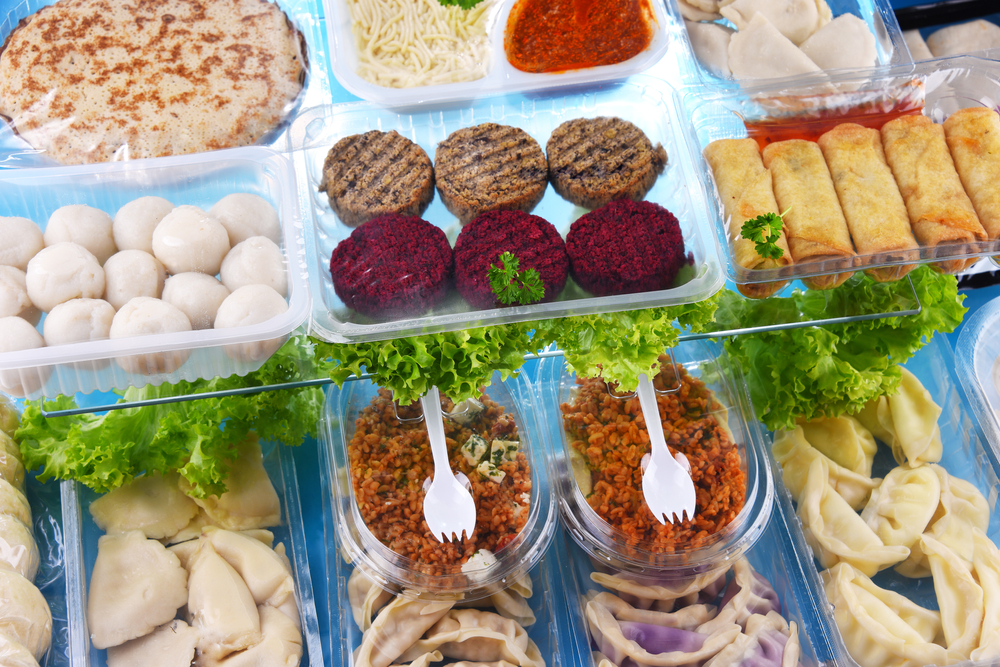
Pre-packaged and processed foods often come at a premium price compared to their whole food counterparts. Instead of buying pre-cut fruits, vegetables, or ready-to-eat meals, buy fresh ingredients and prepare them yourself. This not only saves money but also ensures you know exactly what’s in your food. Making meals from scratch can be healthier and more satisfying. Over time, you’ll notice a significant reduction in your grocery expenses.
Buy Frozen Fruits and Vegetables
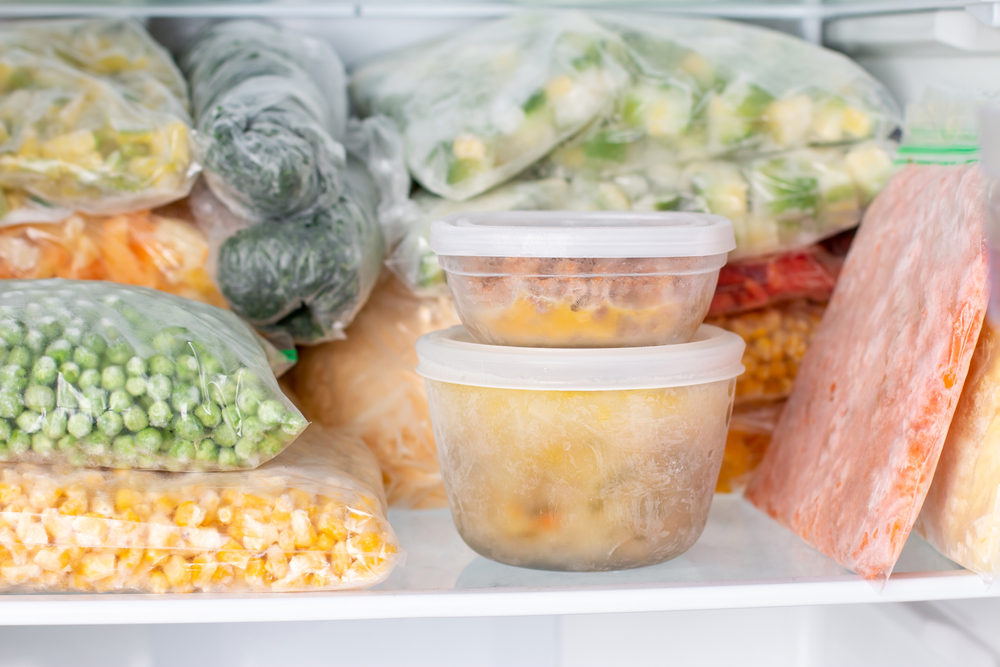
Frozen fruits and vegetables are a cost-effective alternative to fresh produce. They are often frozen at peak ripeness, preserving their nutritional value. Use frozen items in smoothies, soups, and stews. Stock up on frozen fruits and vegetables when they are on sale to ensure you always have healthy options available. This approach can also reduce the risk of food spoilage and waste.
Avoid Shopping When Hungry

Shopping on an empty stomach can lead to impulse buys and unhealthy choices. Eat a meal or snack before going to the store to curb hunger and stick to your shopping list. This helps you make more rational decisions and reduces the likelihood of buying unnecessary items. Keeping a shopping schedule can also help you avoid times when you’re more likely to be hungry. Consistently applying this tip can help you stay within your budget.
Use Reusable Bags

Many stores offer discounts for bringing your own reusable bags. This small savings can add up over time. Reusable bags are also more durable and can hold more items than plastic bags. Keep them in your car or by the door to remember to take them with you when you shop. This environmentally friendly habit can also reduce the number of plastic bags you accumulate at home.
Shop During Sales and Clearance

Take advantage of store sales and clearance items to save money. Check store flyers and websites for weekly deals and plan your shopping trips around these sales. Look for clearance sections in the store for marked-down items. Stock up on non-perishable items when they are on sale. This strategy can lead to significant savings on your overall grocery bill.
This article originally appeared on RetailShout
More From RetailShout
26 Cooking Projects That Make Learning Fun for Kids

Cooking with kids is an awesome way to have fun and learn new skills together. It’s not just about making delicious food; it’s also about teaching important lessons in a hands-on way. Imagine the joy on your child’s face as they mix, measure, and create something tasty from scratch. Read More.
15 Italian Recipes That Are Actually Super Simple To Make

Craving the rich and comforting flavors of Italy but short on time? Whether you’re a novice in the kitchen or a seasoned home cook, these dishes will bring the essence of Italian cuisine right to your table with minimal effort. Read More.
10 Remarkable Origin Stories Behind Popular Foods
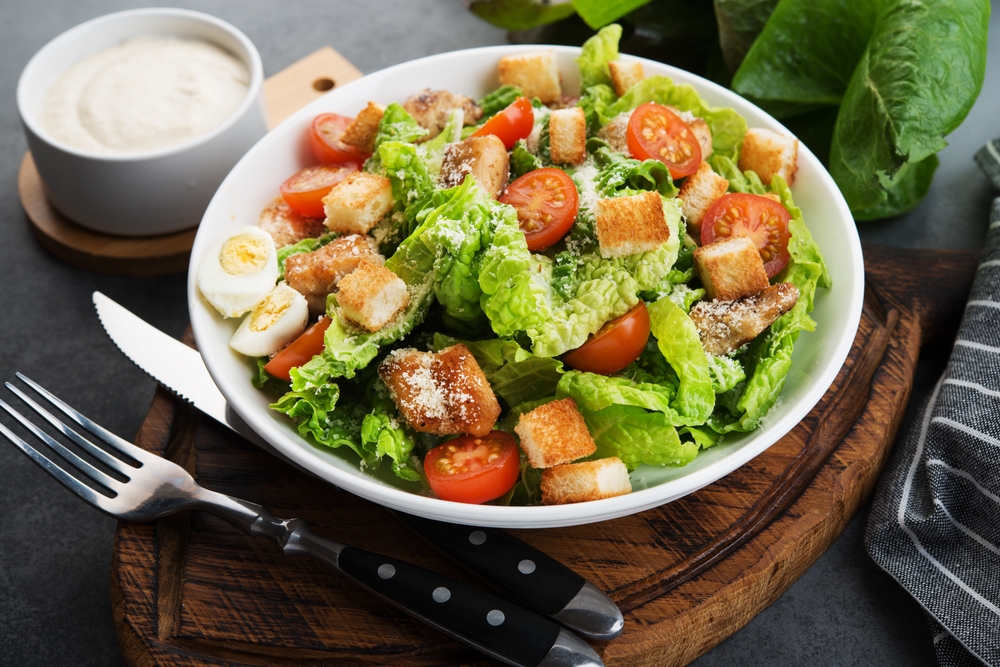
Imagine biting into a slice of pizza or savoring a scoop of ice cream and wondering where these delicious treats came from. Well, every dish has a story, and some of your favorite foods have origins that are as interesting as their flavors. Read More.




